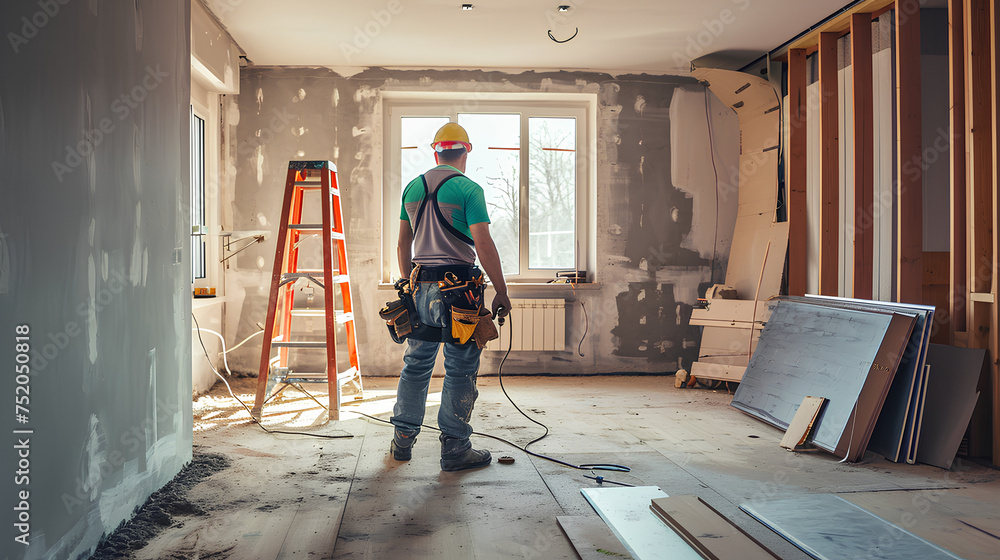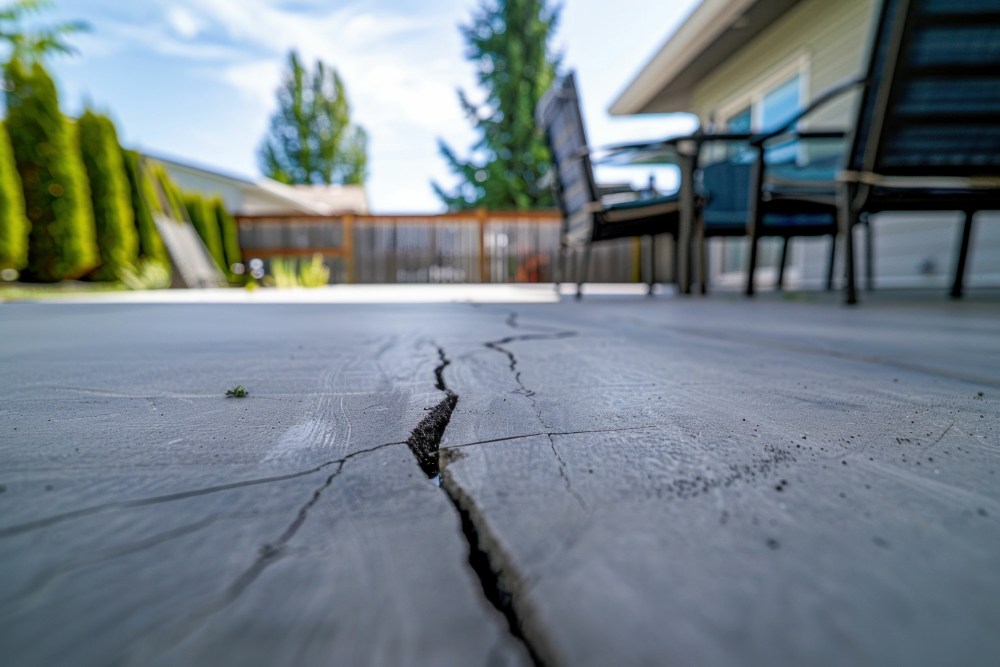Home improvement projects are significant investments that can enhance the functionality, aesthetics, and value of your property. Ensuring quality control throughout the project is essential to achieve the desired results and protect your investment. Here’s a comprehensive guide on how to ensure quality control in home improvement projects.
1. Plan Thoroughly Before Starting
Define Your Project Scope- Detailed Description: Clearly outline the scope of work, including specific tasks, materials, and desired outcomes.
- Plans and Specifications: Use detailed plans and specifications to guide the project and provide a clear reference for quality standards.
- Itemized Budget: Create an itemized budget that includes all potential costs, such as materials, labor, permits, and contingency funds for unexpected expenses.
- Quality Materials: Allocate sufficient budget for high-quality materials that meet industry standards.
2. Hire Qualified Professionals
Research and Vet Contractors- Licensed and Insured: Ensure the contractor is licensed and insured. Verify their credentials with local licensing authorities.
- Experience: Look for contractors with experience in similar projects. Review their portfolio and ask for references.
- Online Reviews: Read reviews on websites like Yelp, Google Reviews, and the Better Business Bureau (BBB) to gauge the contractor’s reputation.
- Contact References: Speak with past clients to learn about their experiences and the quality of the contractor’s work.
3. Use Detailed Written Contracts
Comprehensive Contract- Scope of Work: Clearly define the scope of work, materials, costs, timelines, and payment schedule in a written contract.
- Quality Standards: Specify the quality standards and workmanship requirements that the contractor must meet.
- Procedure for Changes: Outline the procedure for handling any changes to the project scope, including how changes will be documented, approved, and priced.
- Documentation: Ensure all change orders are documented in writing and signed by both parties.
Join HICP Homeowner’s Alliance
Connect with experts, get special discounts and enjoy member benefits
4. Monitor Progress Regularly
Regular Site Visits- Inspections: Conduct regular site visits to monitor progress and ensure work is being performed according to the contract.
- Documentation: Take photos and keep detailed notes of the work completed at each stage.
- Frequent Updates: Schedule regular progress meetings with your contractor to discuss the project status, address any issues, and ensure alignment with the project plan.
- Open Communication: Maintain open lines of communication with your contractor to quickly address any concerns or changes.
5. Implement Quality Control Measures
Set Quality Benchmarks- Standards and Specifications: Define clear quality benchmarks based on industry standards and project specifications.
- Checklists: Use checklists to verify that each aspect of the work meets the required quality standards.
- Third-Party Inspections: Consider hiring an independent inspector to conduct regular inspections and ensure compliance with quality standards.
- Internal Inspections: Perform your own inspections at key project milestones to verify the quality of the work.
6. Address Issues Promptly
Identify Problems Early- Regular Monitoring: Regularly monitor the worksite to identify any potential issues early.
- Documentation: Document any problems and communicate them to the contractor immediately.
- Immediate Resolution: Work with the contractor to resolve issues promptly to prevent them from escalating.
- Quality Assurance: Ensure that corrective actions meet the required quality standards before proceeding with the next phase of the project.
7. Verify Material Quality
Specify Materials in Contract- Detailed Specifications: Include detailed specifications for all materials in the contract, including brands, models, and quality standards.
- Approval Process: Require contractor approval for any material substitutions to ensure they meet the same quality standards.
- Check Quality: Inspect all materials upon delivery to ensure they meet the specified quality standards.
- Document Issues: Document any discrepancies or defects and address them with the contractor immediately.
8. Ensure Compliance with Codes and Regulations
Obtain Necessary Permits- Local Regulations: Ensure all necessary permits are obtained before starting the project.
- Code Compliance: Verify that the work complies with local building codes and regulations.
- Required Inspections: Schedule all required inspections at various stages of the project to ensure compliance with building codes and quality standards.
- Final Inspection: Conduct a final inspection upon project completion to ensure all work meets the required standards and passes all regulatory inspections.
9. Maintain Detailed Records
Documentation- Project Records: Keep detailed records of all contracts, permits, inspections, communications, and change orders.
- Photos and Notes: Document the project progress with photos and notes to provide a clear record of the work completed.
- Product Warranties: Ensure all product warranties are documented and transferred to you upon project completion.
- Workmanship Warranty: Include a warranty for the quality of workmanship in the contract, specifying the duration and what is covered.
10. Conduct a Final Walkthrough
Comprehensive Walkthrough- Inspection: Conduct a final walkthrough with your contractor to inspect the completed work and ensure it meets the agreed-upon standards.
- Punch List: Create a punch list of any remaining tasks or touch-ups that need to be completed before final payment.
- Satisfactory Completion: Withhold the final payment until all work is completed to your satisfaction and any required inspections are passed.
- Documentation: Ensure you receive all necessary documentation, such as warranties, permits, and lien waivers, before making the final payment.
Conclusion
Ensuring quality control in home improvement projects involves thorough planning, hiring qualified professionals, using detailed written contracts, regular monitoring, implementing quality control measures, addressing issues promptly, verifying material quality, ensuring compliance with codes and regulations, maintaining detailed records, and conducting a final walkthrough. By following these steps, you can protect your investment, achieve high-quality results, and enjoy the benefits of a successful home improvement project. Always prioritize transparency, communication, and documentation to maintain control over the project and ensure a smooth and satisfactory renovation experience.



















